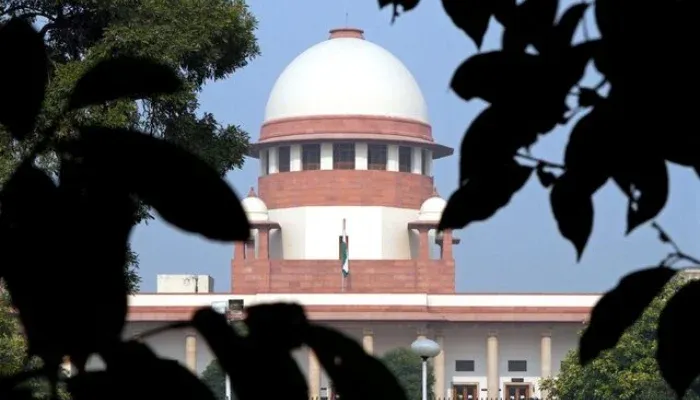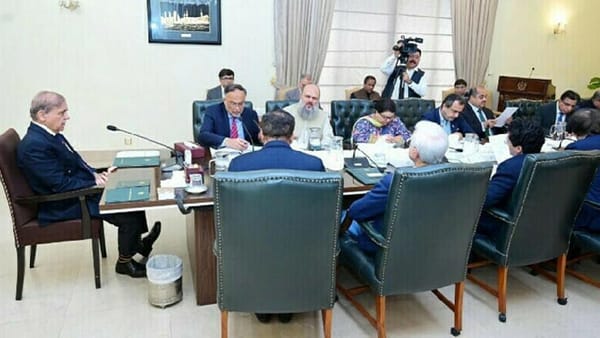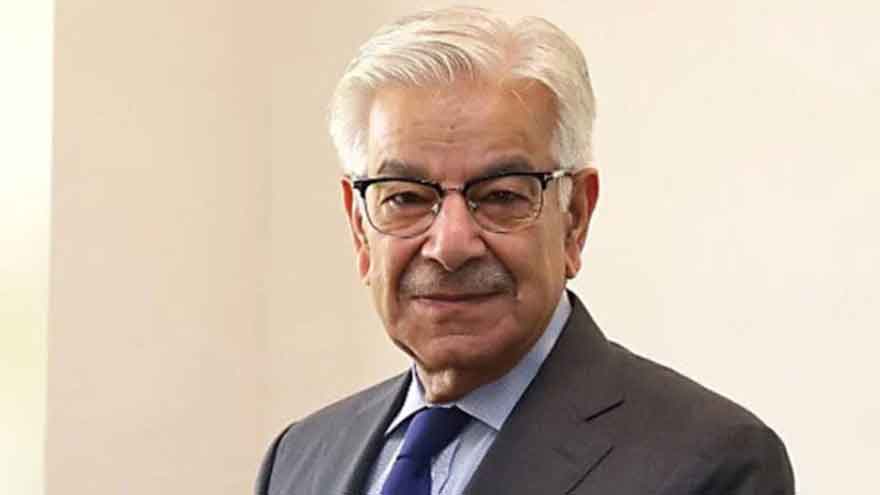Indian Supreme Court Recognizes Urdu Signboards as Cultural Heritage in Landmark Verdict

In a pivotal judgment reinforcing India’s linguistic and cultural pluralism, the Supreme Court of India has upheld the use of Urdu on a municipal signboard in Maharashtra, affirming its status as part of the nation’s rich heritage.
SC Upholds Linguistic Diversity
A two-judge bench comprising Justices *Sudhanshu Dhulia* and *K Vinod Chandran* ruled in favor of retaining Urdu on the signboard of the *Patur Municipal Council* in Akola district, dismissing a petition filed by a former councillor challenging its use.
The court underscored that language is an intrinsic part of culture and should not be used as a divisive tool. “Language is culture,” the bench noted, referring to Urdu as “the finest specimen of Ganga-Jamuni tehzeeb or the Hindustani tehzeeb.”
“Let Us Make Friends With Urdu”
Justice Dhulia, delivering the opinion of the court, urged for a reassessment of linguistic biases, stating: “Our misconceptions, perhaps even our prejudices against a language, have to be courageously and truthfully tested against the reality, which is this great diversity of our nation. Let us make friends with Urdu and every language.”
The ruling also emphasized that the inclusion of Urdu did not violate any provision of the *Maharashtra Local Authorities (Official Languages) Act, 2022*, nor any other legal framework.
“Language Is Not Religion”
In a powerful clarification, the court addressed the widespread misbelief that Urdu is foreign to India. “It is a language which was born in this land,” the bench declared, adding, “Language is not religion. Language does not even represent religion. Language belongs to a community, to a region, to a people — not to a religion.”
Language as a Tool for Communication
Highlighting that the primary purpose of language is communication, the Supreme Court supported the municipal council’s intent: “All the municipal council wanted to do was to make an effective communication,” the bench observed, aligning with the Bombay High Court’s earlier decision.
Urdu’s Deep Roots in Indian Society
The court cited data from the *2001 Census, which identified **122 major languages and 234 mother tongues, with Urdu ranking as the sixth most spoken scheduled language in India. The **2011 Census* further expanded that list to over *270 mother tongues*, reflecting India’s immense linguistic diversity.
Urdu, the court explained, evolved in India out of intercultural interaction, much like Hindi and Marathi. It also highlighted how Urdu permeates daily language in India, noting its presence in common legal terms such as “adalat” (court), “halafnama” (affidavit), and “vakalatnama” (power of attorney).
Constitutionally Inclusive Outlook
The bench reaffirmed that the Indian Constitution never intended to marginalize languages like Urdu. “Even today, the language used by the common people of the country is replete with words of the Urdu language, even if one is not aware of it,” the court said.
It further clarified that *Article 343* of the Constitution recognizes *Hindi* as the official language, while *English* was allowed for official use for a limited period. However, this did not negate the continued relevance of Hindustani or Urdu in Indian society.
Final Ruling: Language Should Unite, Not Divide
Concluding the verdict, the Supreme Court stated: “Language is a medium for exchange of ideas that brings people holding diverse views and beliefs closer and it should not become a cause of their division.”
The court’s ruling not only protects the cultural identity associated with Urdu but also sets a broader precedent in safeguarding India’s linguistic mosaic against polarizing narratives.




